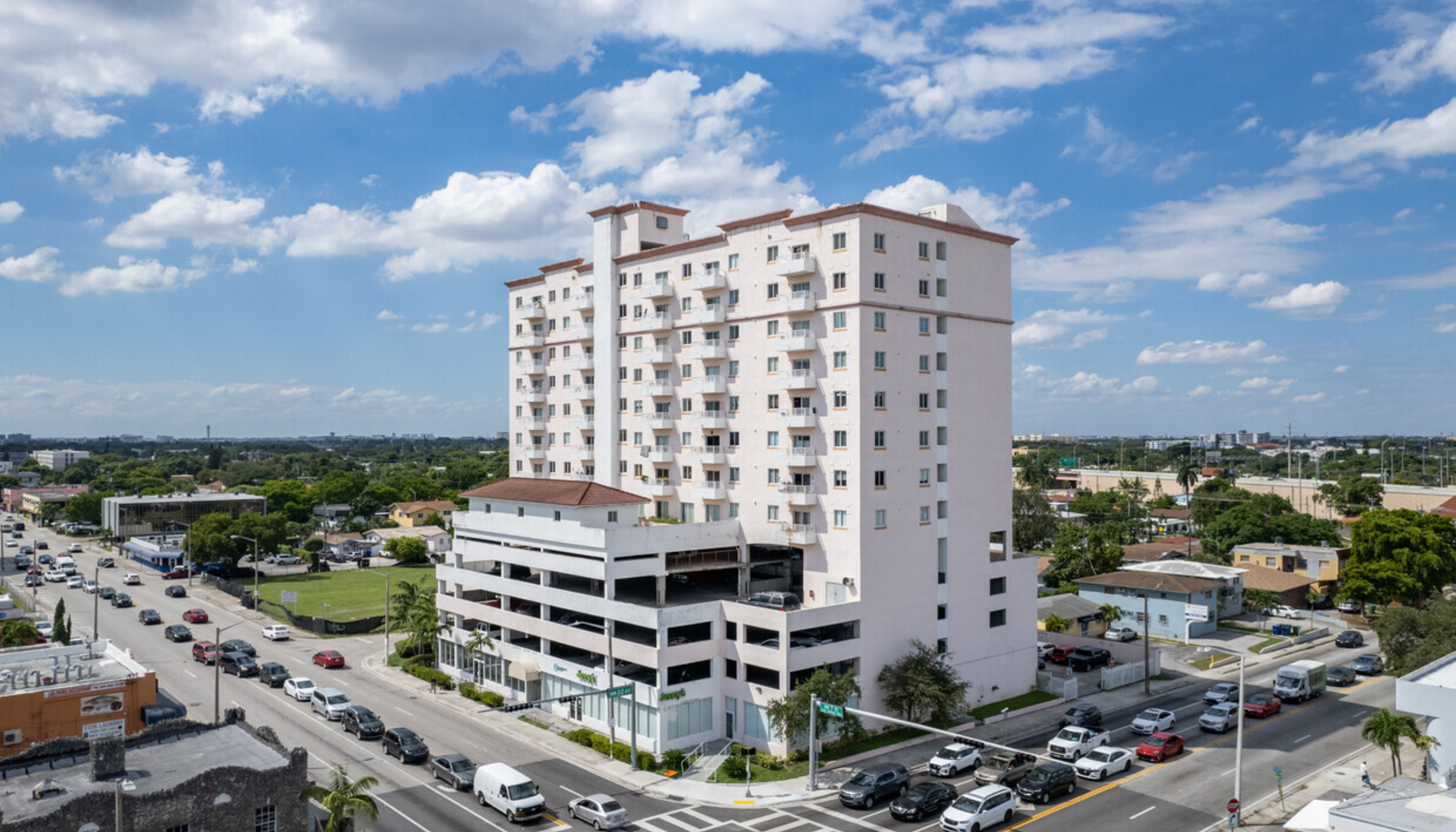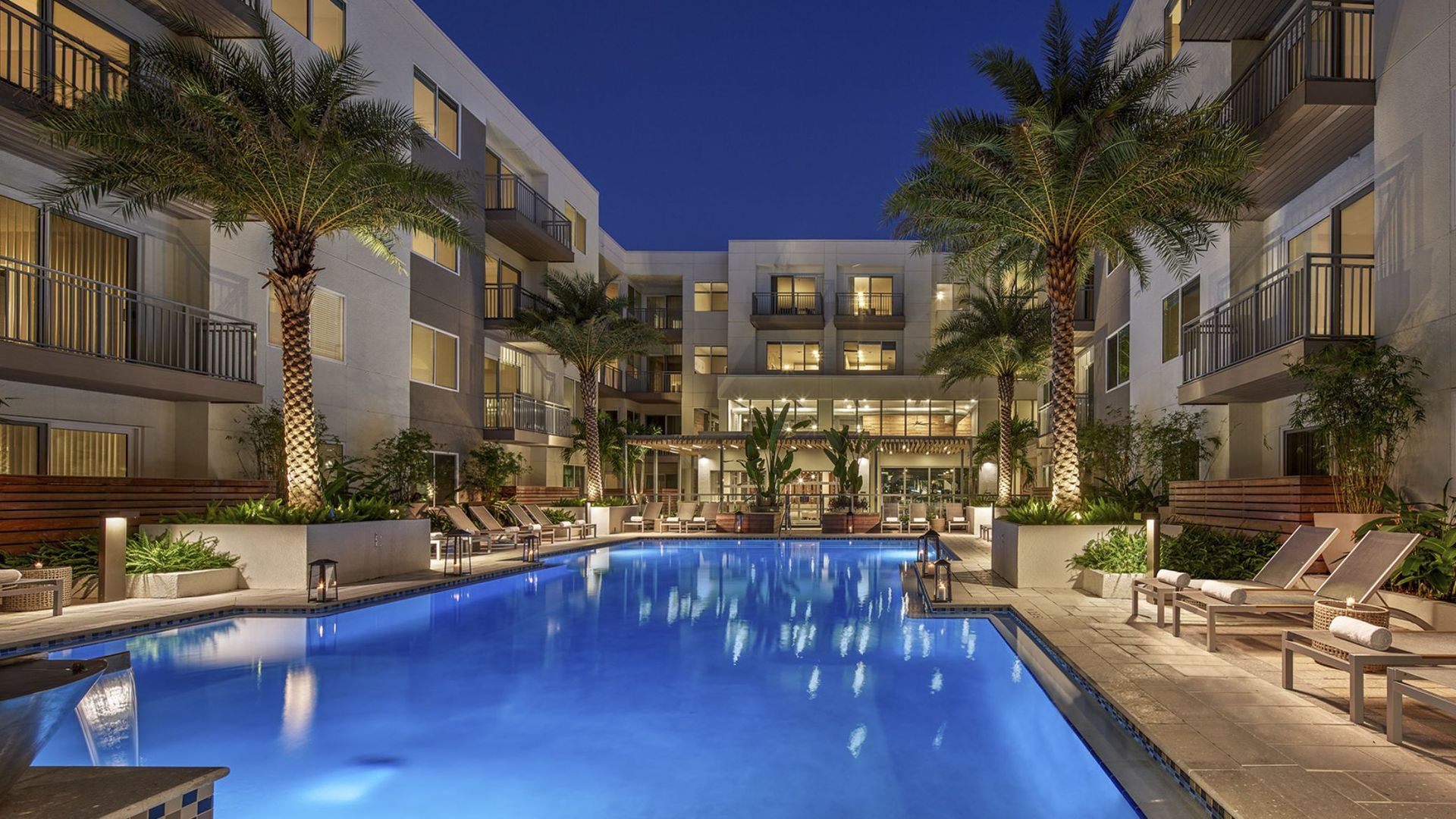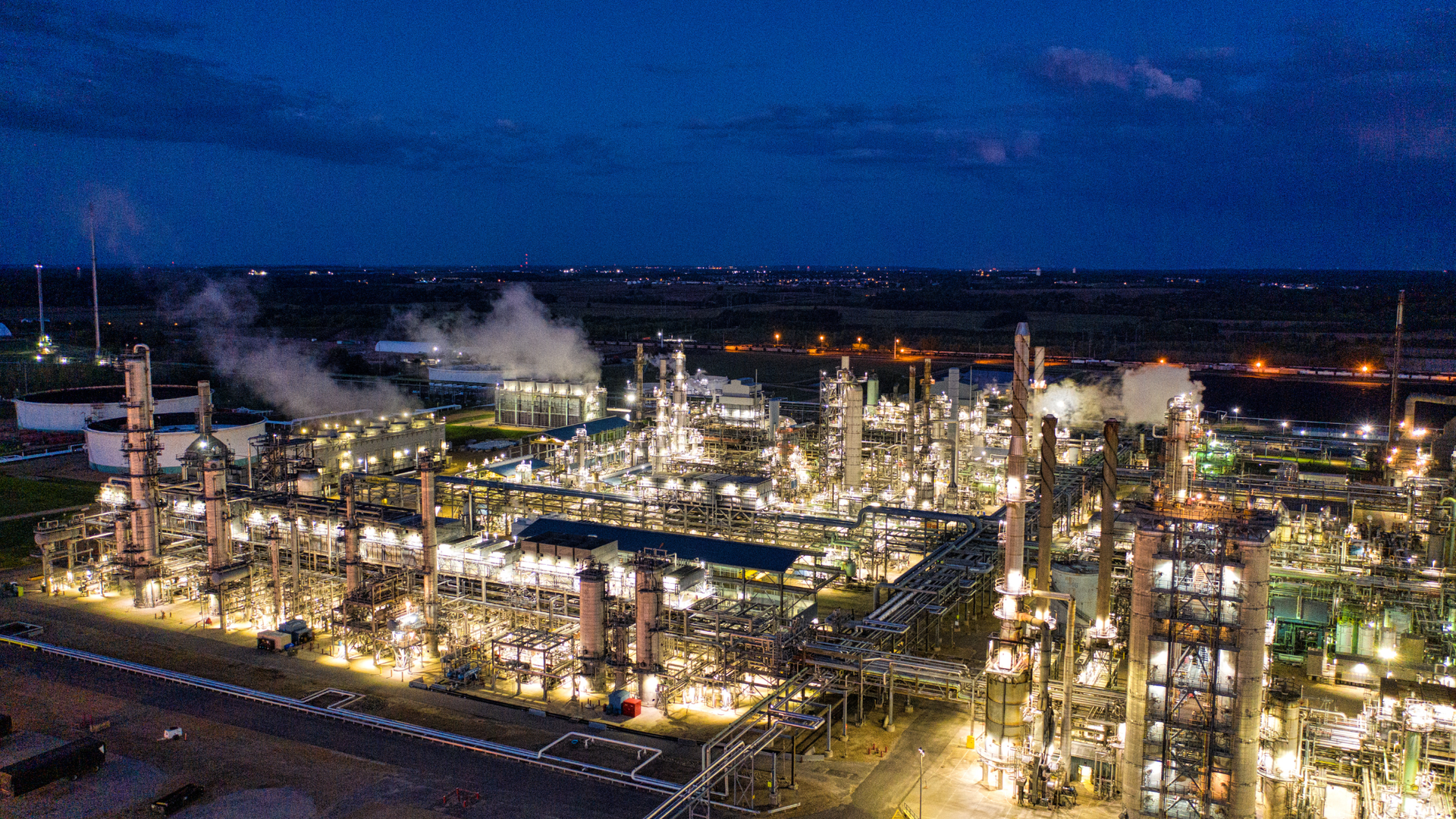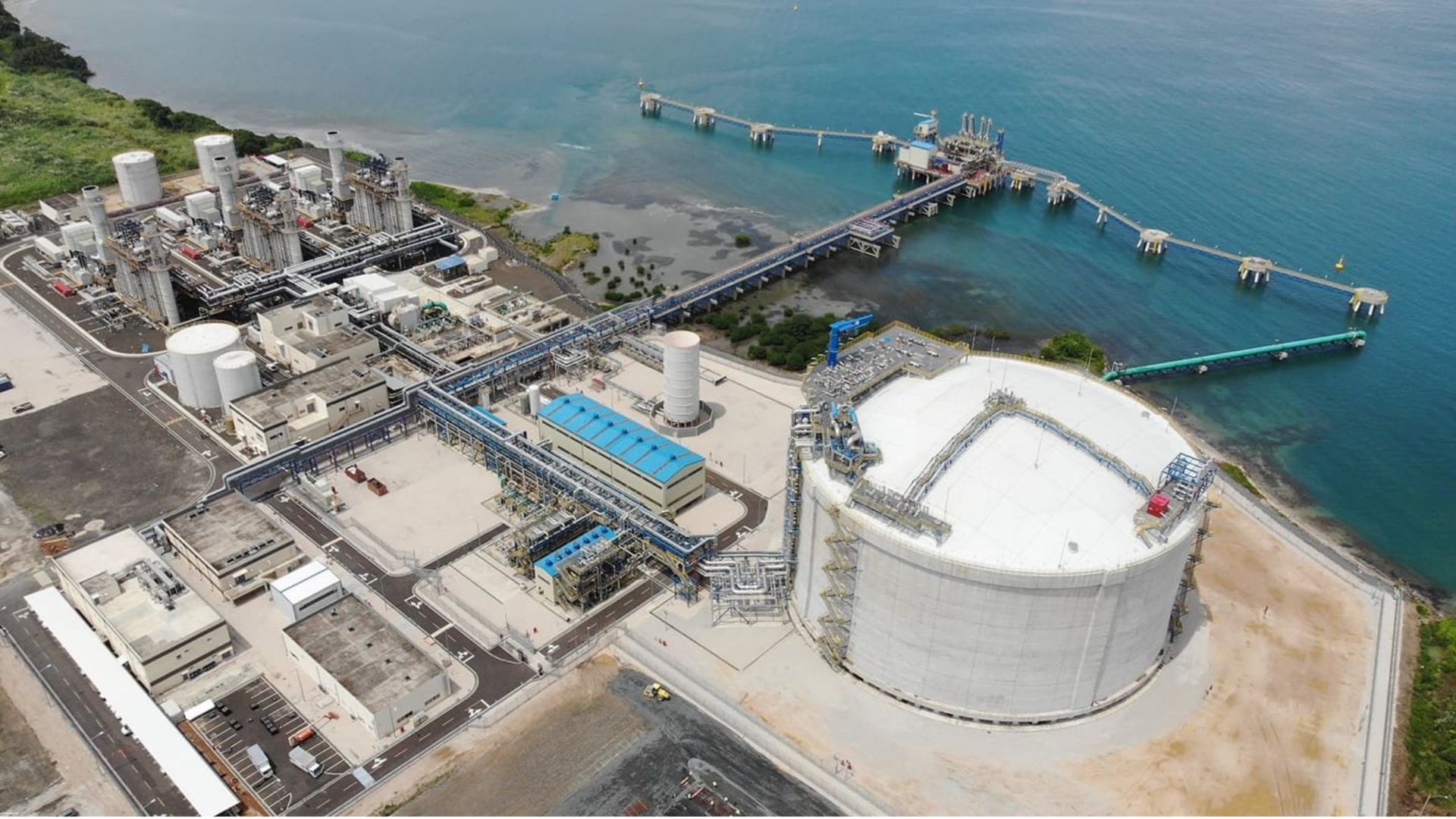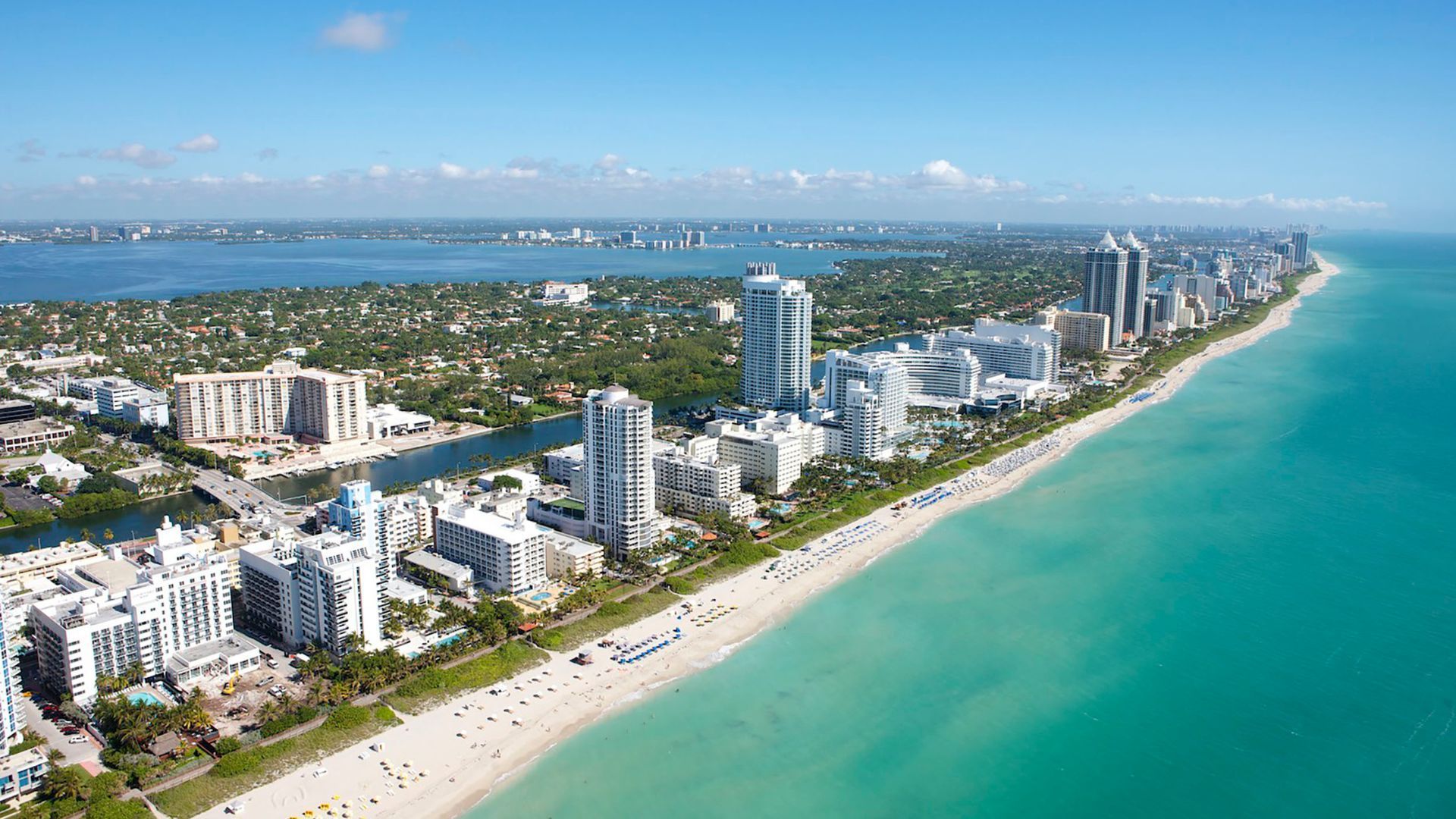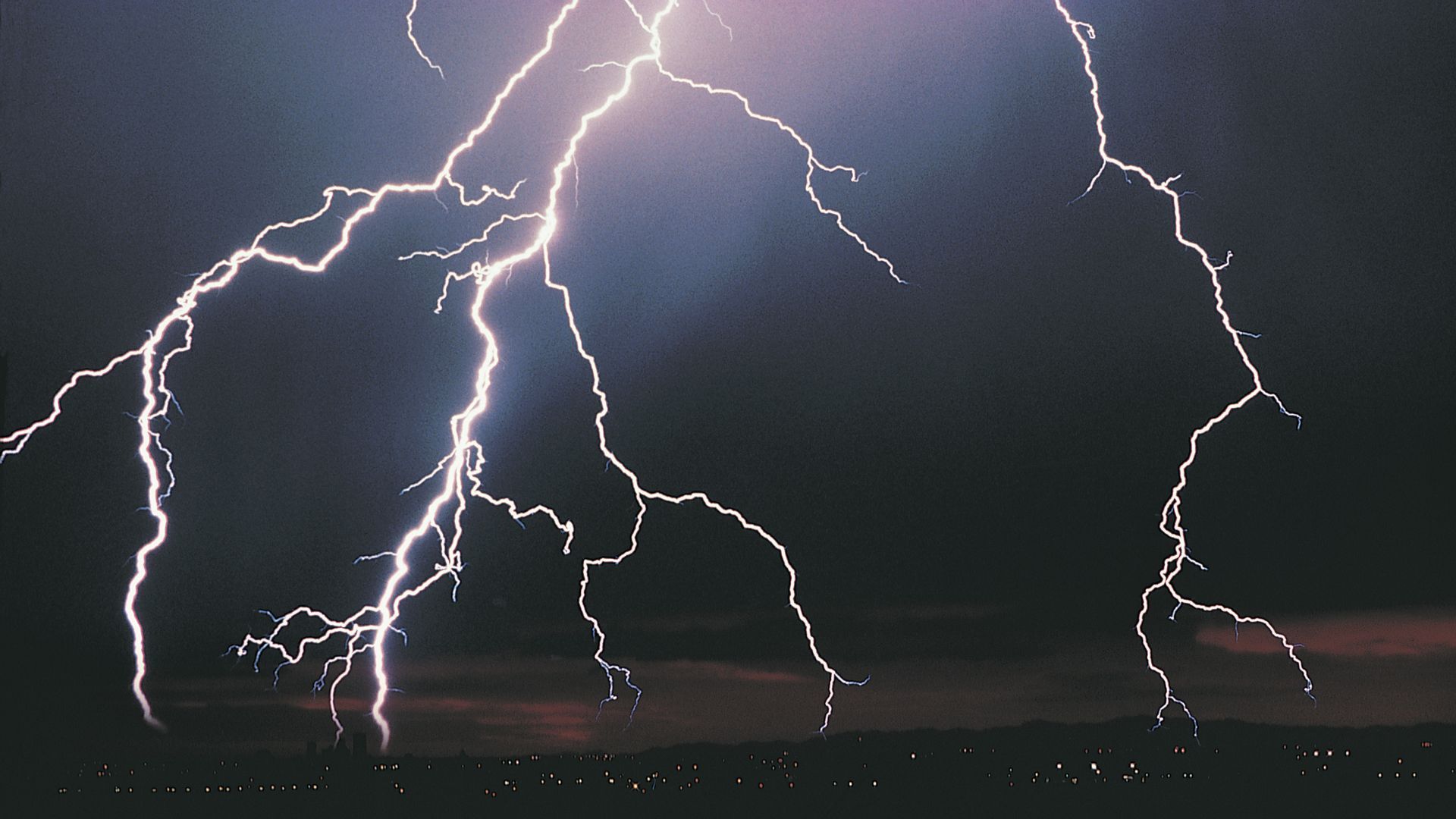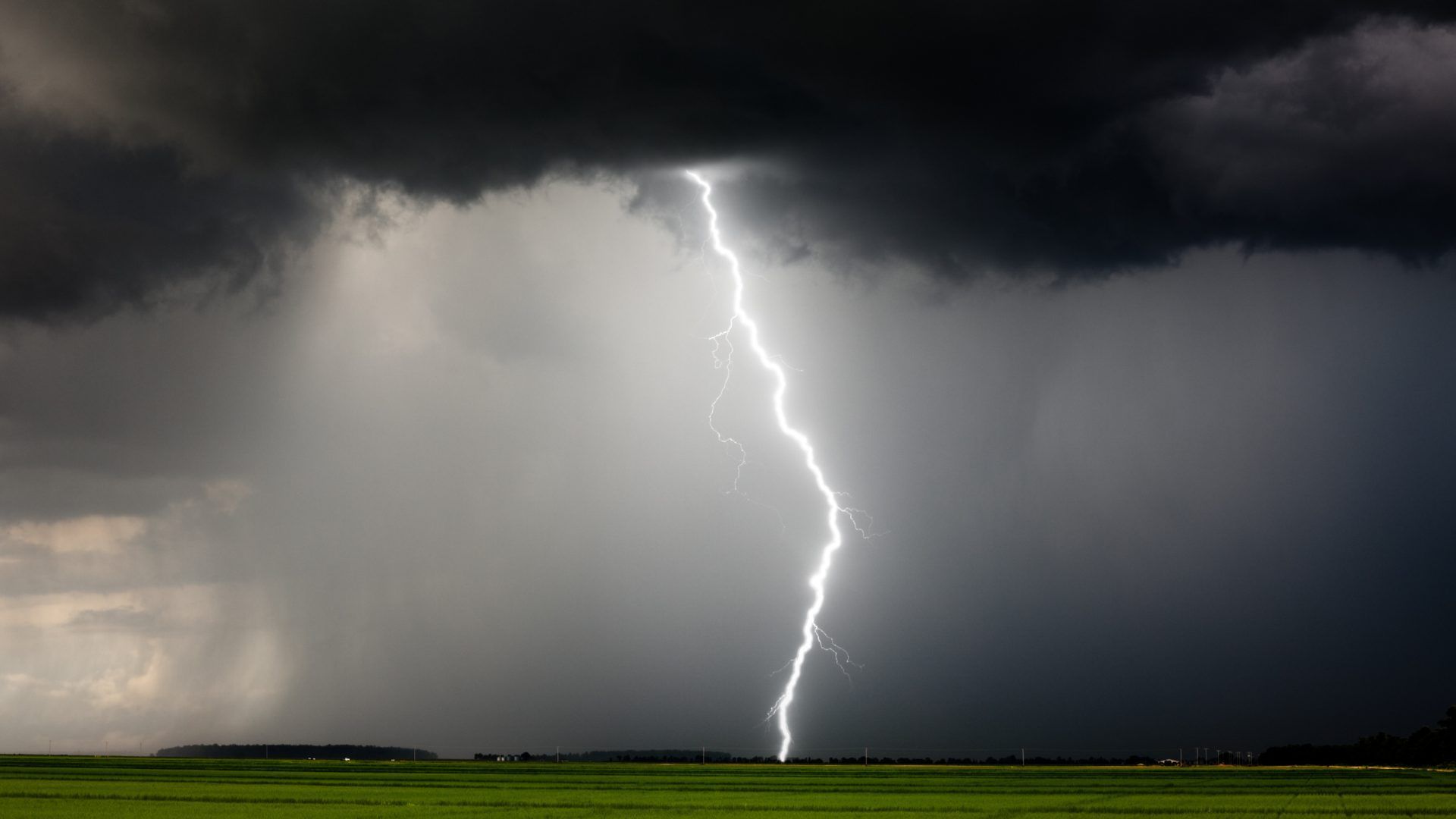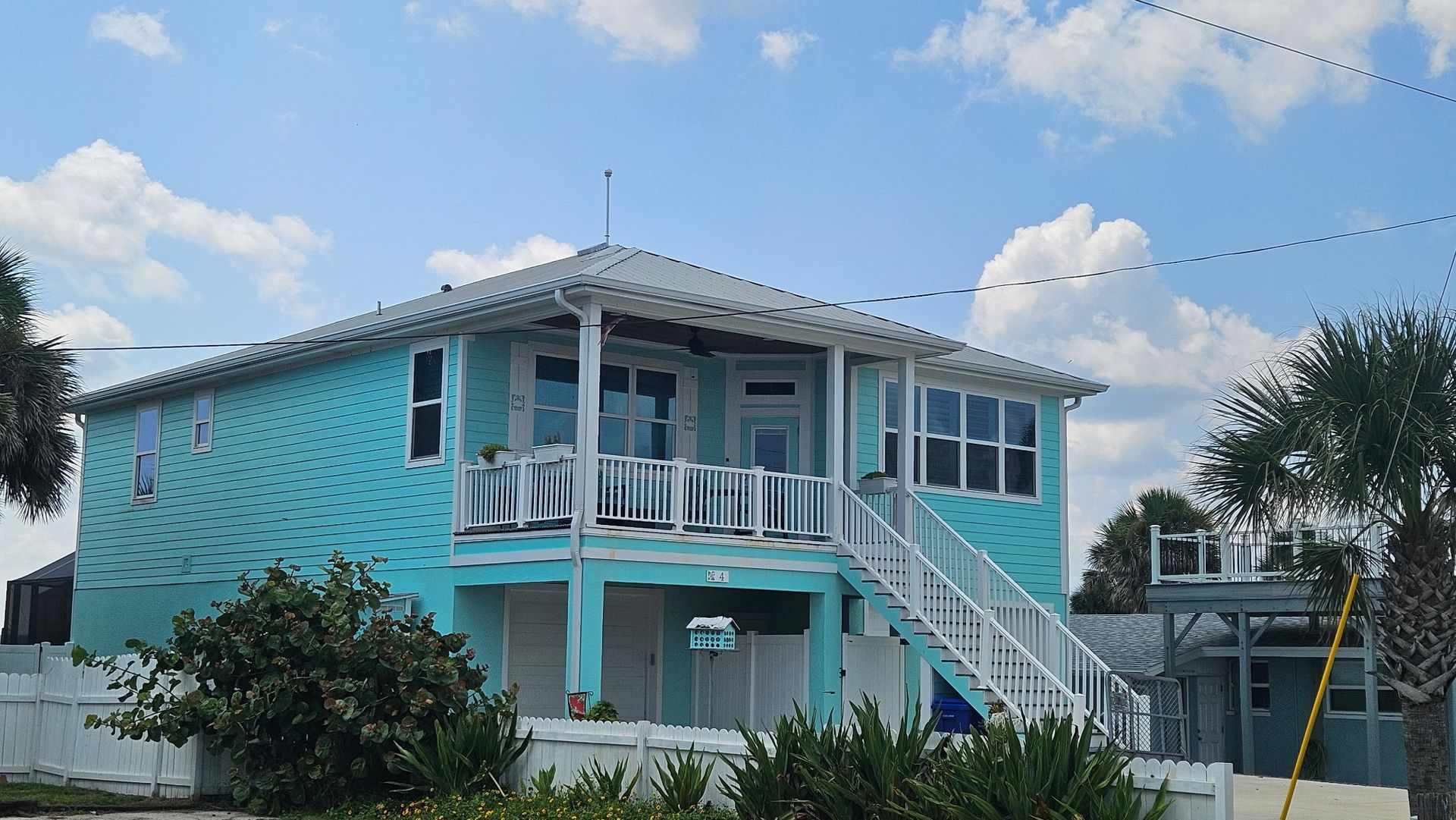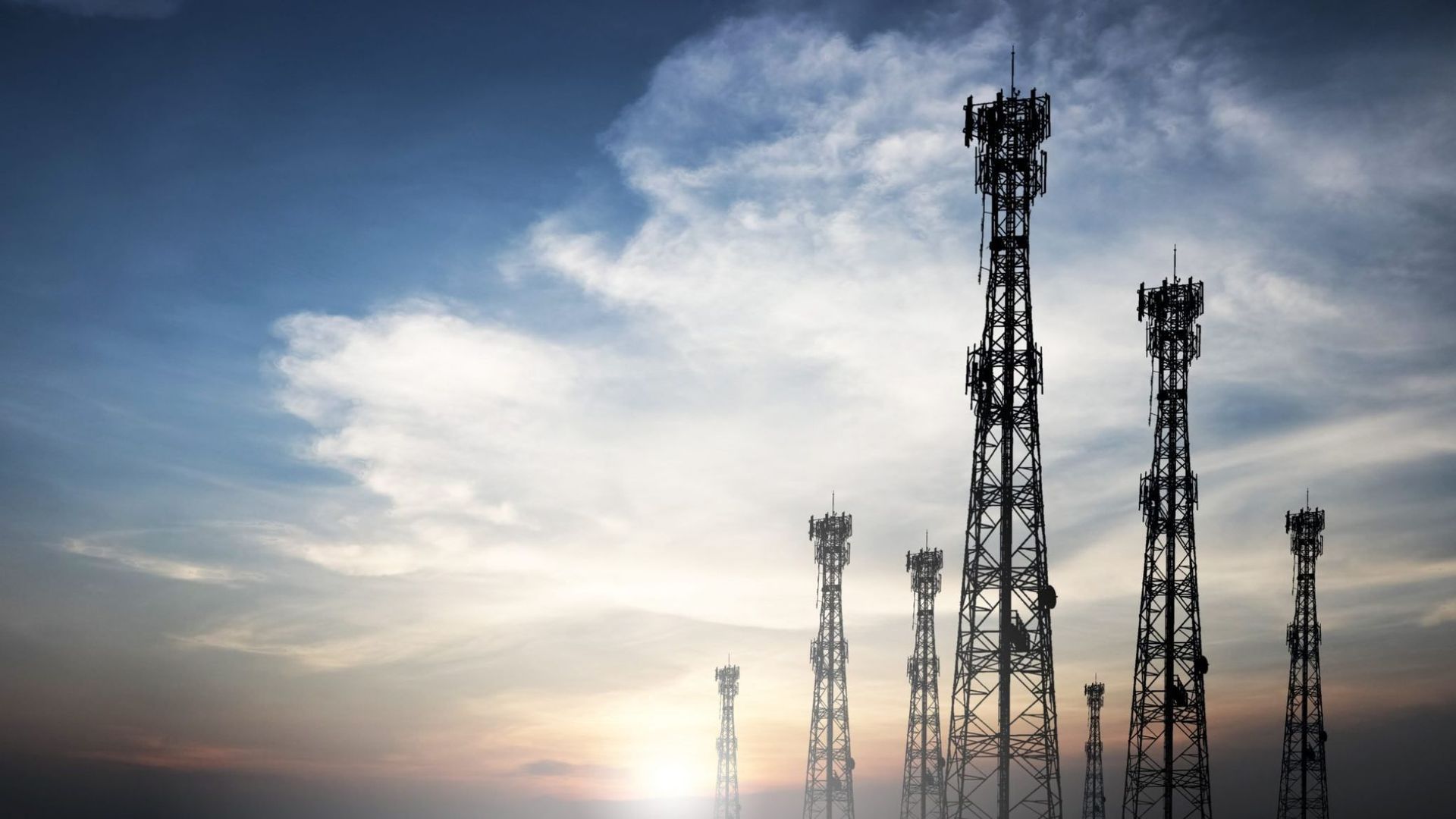Do You Have Solar Panels on Your Property? Here’s Why You Should Consider CMCE Lightning Protection
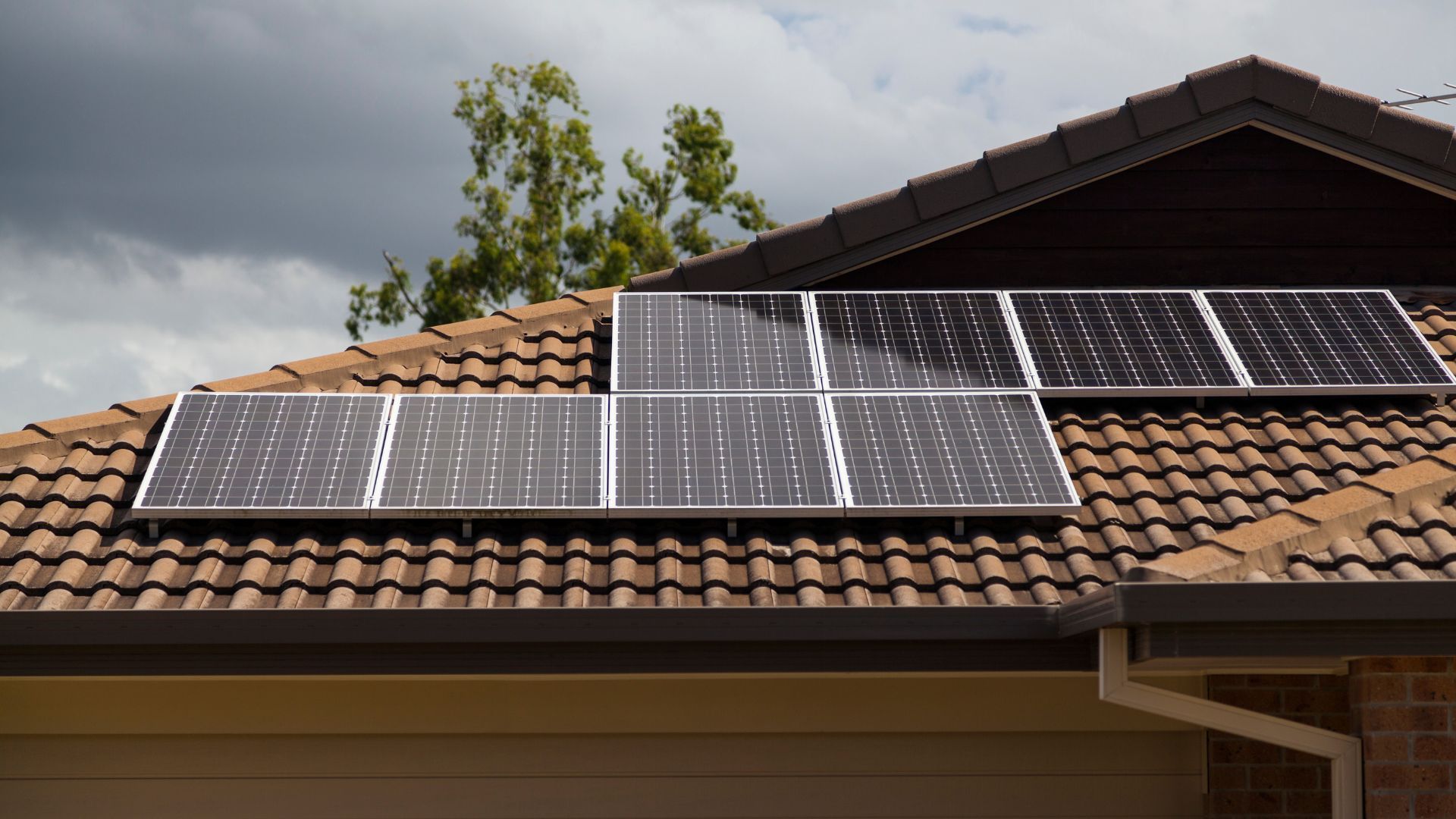
Do You Have Solar Panels on Your Property? Here’s Why You Should Consider CMCE Lightning Protection
Solar panels are a significant investment, delivering clean energy, cost savings, and increased property value. But did you know they're also at risk from one of nature’s most powerful forces: lightning? Here's why you need protection—especially if you're in lightning-prone regions like the Midwest, Southern states, Florida, or coastal areas.
Why Solar Panels Are Vulnerable to Lightning
Solar panels are made of conductive materials. That means they can attract lightning strikes, especially when mounted on rooftops or large open areas. Once lightning hits, the damage can be extensive—burned wiring, destroyed inverters, and in some cases, total system failure. Repairing or replacing solar panels after a lightning strike can cost thousands of dollars, not to mention the downtime and lost energy savings.
- Lightning is a major threat to solar PV components like inverters, wiring, and the solar panels themselves. Lightning accounts for nearly 10% of all solar PV system risks, with an average damage claim of $73,394.
- Indirect strikes (not hitting the system directly) account for 75% of solar system damage and can induce high-voltage surges—3,000 to 10,000 V—throughout the system.
- Repair costs are substantial—typically $1,500 to $3,000 for inverters, $300 to $700 per panel, plus wiring and connectors.
Lightning Isn’t Rare – It's Common
Your solar investment faces considerable exposure—here's how widespread lightning really is:
- In the U.S., there are between 25 million and 40 million cloud-to-ground lightning strikes annually.
- Florida, Texas, and Oklahoma lead the nation in strike frequency—with Polk County, Florida alone recording nearly 852,000 strikes.
- Florida sees more thunderstorms than any other state—with some areas experiencing 90 or more thunderstorm days per year.
- Globally, lightning occurs about 44 times per second, or approximately 1.4 billion flashes per year.
Why Humid Southern & Coastal Regions Are at Higher Risk
The more humid your environment, the fiercer the electric charge buildup:
- Humid air boosts ionic charge levels, raising the odds of lightning formation—making areas like the Midwest, South, Florida, and coastal regions especially high-risk.
- Florida’s combination of frequent thunderstorms and humidity earns it the nickname "Lightning Capital of the U.S."
Smart Protection for Your Solar Investment
Here’s the deal: Solar panels are expensive, and lightning surges—even indirect ones—can cost you thousands in repairs or replacements. CMCE Lightning Suppressor
works proactively to neutralize the ionic charge buildup in the atmosphere, eliminating the chance of strikes above your property—rather than just reacting after a strike.
In high-risk regions—especially humid, lightning-prone areas—it’s not a luxury, it’s essential protection.
Invest in Superior Lightning Protection
Contact us today at (888) 318-2333
or cmcesales@capitolelectronics.com
to request a custom CMCE Lightning Suppression
quote for your property.

